Options for the use of radiation therapy:
As an independent method of treating cancer at the initial stages of its development, with a low degree of malignancy, as well as in cases where the localization of the tumor does not allow for surgical treatment
After surgery to reduce the risk of recurrence both in the zone of localization of the neoplasm, and in nearby organs and tissues
Before treatment with surgical methods in order to reduce the size of the neoplasm, to simplify the operation or enable it to be carried out in cases where the tumor was initially recognized as inoperable
To reduce secondary foci of the pathological process (metastases) and their complete destruction
To improve the effectiveness of treatment in combination with drug therapy
To relieve symptoms (palliative care) in the terminal stage
Types of radiation therapy
Radiotherapy is divided into several types depending on the type of tumor that needs to be treated. It differs both in the type of ionizing radiation generated by the medical device and in the way it is delivered to the target, namely:
- Remote - the radiation source is located at a certain distance from the object (tumor, metastases). In this case, a linear accelerator or a close-focus X-ray therapy device is used.
- Contact - the introduction of a radiation source into the organ affected by the tumor (radionuclide in brachytherapy).
Regardless of the method of radiation supply, the main goal is to destroy the malignant formation. The specialists of our medical center use, along with remote therapy, chemoradiotherapy - a combined approach that combines drug treatment with radiation therapy.
We have the most advanced equipment, allowing us to apply the most successful methods of external beam radiation therapy (jointly and separately):
- 3D conformal (3D-CRT). Specialists create a 3D model of the target (3D planning) and deliver ionizing radiation at different angles in order to fully irradiate it throughout its entire volume with minimal impact on healthy tissues located in the path of the rays, by distributing the intensity of radiation doses between them.
- Intensity-controlled radiotherapy (IMRT). The technique allows you to change the intensity of doses for each site, well suited for influencing tumors of complex configuration with minimal impact on critical structures located near the focus.
- Variable radiation volume (RapidArc/VMAT). This technique is one of the most progressive, since it allows you to change not only the intensity of the beam of the delivered dose of radiation, but also the volume of exposure. Thus, the minimum negative effect of the beam on healthy structures is achieved.
- With Visual Inspection by Display (IGRT). The key feature is that specialists will control the current position of the neoplasm compared to the previous one. If any changes are detected, the system calibrates for more accurate beam alignment.
- Irradiation with an electron beam. The main difference is in the form of radiation: instead of a stream of photons, beams of electrons (negatively charged particles) are directed at the tumor. The method proved to be the most effective in the treatment of tumors located at a shallow depth (basalioma, skin cancer, metastases to the skin and subcutaneous tissue). The flow of electrons, despite its low penetrating ability, is characterized by a high biological potential. This is a gentle technique, since healthy structures located deeper than the neoplasm do not suffer from the negative effects of the rays.
- Stereotactic hypofractional radiotherapy. The method is applicable for the treatment of neoplasms located in close proximity to critical structures. It consists in delivering high doses of radiation with an increased degree of accuracy. It is indicated for use to affect difficultly localized small tumors, as well as neoplasms located in mobile organs.
- Xstrahl close focus X-ray therapy
Helpful information
CHI treatment
The clinic "K+31 West" accepts patients under compulsory medical insurance for radiation, chemoradiotherapy and drug therapy.
The clinic "K+31 West" provides treatment according to compulsory medical insurance in the following areas: radiation therapy, chemoradiation treatment for all nosologies without restrictions in the form 057 / y.
More here.
Indications for radiation therapy
The decision to conduct radiation therapy or use another treatment method is made by the attending physician, since each case of cancer is individual. Our center provides treatment for various types of benign and malignant tumors:
- Tumors localized in the head and neck.
- New growths in the brain and spinal cord, as well as the meninges.
- Tumors of the esophagus and larynx.
- Breast cancer.
- Tumors located in the pancreas.
- Prostate cancer.
- Tumors of the rectum and anal canal.
- Tumors located in the body and cervix.
- Skin cancer.
- Lymphomas with residual formations after treatment with chemotherapy.
- Soft tissue sarcomas.
- Single metastases, as well as oligometastases from any primary focus.
- Some other types of cancer.
Although this list is not exhaustive, we do not guarantee radiation therapy in any of the above cases.
Preparatory procedures
The first thing the patient must do is to provide a list of documents, including the following:
- Referral for radiation therapy (form 057/y) and the conclusion of the medical commission, if the patient plans to undergo treatment at the expense of compulsory medical insurance.
- Discharge certificate, recent findings (PET/CT, MRI, ultrasound, CT, SPECT/CT, histological and endoscopic findings) of the affected area. Most research can be completed within the walls of K+31.
- Passport, SNILS policy or compulsory medical insurance, if you wish, to undergo treatment at the expense of compulsory medical insurance.
The radiotherapist (radiation therapist) carefully examines all the documents provided by the patient, selects the best option for radiation therapy, advises the patient on the treatment plan, reporting side effects, possible risks and the prognosis of the result. If a treatment method using a linear accelerator is chosen, the patient must undergo a marking procedure - CT simulation. This is necessary for a detailed study of radiation exposure, the creation of an individual treatment plan, taking into account all the features of the disease. During the procedure, which takes place on a CT scanner, marks will be applied to the patient's skin with a special paint for subsequent radiation calibration during treatment, which will need to be kept for the entire period of therapy. In some cases, special devices are made to recreate the required body position in order to avoid displacement of the radiation exposure area.
How is the treatment going?
Radiation therapy is a course of treatment that includes several sessions (“fractions”) conducted at regular intervals. When choosing the duration of the course, various factors are taken into account: the characteristics of the disease, the method of irradiation used, the required dose irradiation and others. The course can last from 1 day to 1.5 months and include from 1 to 40 sessions. Patients are prohibited from interrupting the course on their own initiative, as this is fraught with the appearance of a stable tumor. In most cases, radiation therapy involves outpatient treatment (no hospitalization), which is well tolerated by patients.
Our clinic has all the amenities for patients with limited mobility: ramps, ergonomic waiting rooms, spacious elevators and toilets for people with disabilities.
Irradiation of the tumor with ionizing radiation is carried out on a specialized installation - a linear accelerator equipped with a built-in multileaf collimator. It allows you to irradiate complex-shaped targets with high accuracy, while not touching healthy nearby tissues and thereby minimizing side effects. For superficially located tumors, a close-focus radiotherapy apparatus is used. On average, one treatment session takes about 10 minutes. The treatment procedure is painless and is accompanied by a slight noise of the equipment, the radiation is invisible to the eyes and is not felt by the patient.
We use advanced equipment manufactured by Varian Medical Systems, in particular Halcyon 2.0 and TrueBeam ST linear accelerators. We also have Xstrahl 200 close-focus radiotherapy apparatus at our disposal. All these devices and complexes are characterized by high efficiency and safety.
The choice of the accelerator is made on an individual basis for each patient, depending on the type, size and location of the formation. Our equipment allows you to effectively treat both small and large tumors without affecting healthy tissues and organs.
Our clinic also has cutting-edge imaging technology, including the latest MRI and PET/CT units, allowing us to accurately target the tumor as the time between imaging the tumor and starting treatment is greatly reduced. If new symptoms or changes occur during treatment at our clinic, a follow-up MRI or CT scan can be done quickly, allowing us to adjust our treatment plans in a timely manner.
Side effects and recovery
Despite the highest accuracy of modern installations, during the session, radiation also affects healthy tissues. Ionizing radiation has a devastating effect on the tumor, the decay products of which enter the bloodstream. Although the treatment methods and technologies we use minimize side effects, they do not completely eliminate them. In most cases, moderate side effects are observed, which are only temporary and do not interfere with a full course of therapy. The patient undertakes to promptly inform his attending physician about any negative manifestations.
The main side effects are: nausea and vomiting, headaches, diarrhea and intestinal irritation, loss of appetite, general weakness and fatigue, brittle nails and hair loss, changes in blood counts and fever.
Local symptoms depend on the area being irradiated:
- Redness, dry skin, rashes, peeling, swelling at the sites of irradiation.
- Injuries to the mucous membrane of organs exposed to radiation.
- Problems with urination, sexual/reproductive dysfunction (due to pelvic irradiation).
- Difficulty breathing and coughing due to irradiation of the lung, breast and other organs of the chest.
Carefully adhering to the recommendations of the attending physician, the patient will be able to minimize side effects both during the treatment session and after it:
- Smoking, drinking alcohol, hot and spicy food.
- Eat a balanced diet, drink plenty of water.
- Rejection of intensive loads, increased rest and sleep time.
- Wearing loose clothing made from natural fabrics, caring for areas of the skin exposed to radiation.
- Careful oral care using mouthwash solutions, soft toothbrush.
- Refusal to visit baths and saunas, use hard washcloths and scrubs.
At the end of a course of radiation therapy, it is very important to periodically check the results of your treatment by undergoing prescribed follow-up examinations and diagnostic tests.
How safe is radiation therapy today?
Radiation therapy is an effective and proven method of treating oncology. Thanks to the work of medical physicists from around the world, modern devices for its implementation have become much safer and better to fight cancer cells in different parts of the human body.
The technique for radiation therapy in cancer treatment allows not only to control and dose the amount of radiation, but also to control the shape of the field. The devices are suitable for creating a zone of high dose of radiation that repeats the shape of the tumor, minimizing the negative effects of radiation on healthy tissues around. The shape of the field is modeled using special multileaf collimators. These developments have had a positive impact on the safety of radiotherapy for removal of tumor cells in different parts of the body, including the brain.
Also, the development of radiation therapy led to the emergence of safe radiosurgery (gamma knife and cyber knife). The essence of which is that high doses of radiation for 1 or more sessions are delivered exactly to the site of cancer localization, destroying tumor cells.
Stages of radiation therapy
Regardless of the type of cancer treatment (proton therapy, intracavitary radiation therapy, brachytherapy, radionuclide therapy and other types), the patient goes through several main stages.
Preparation for cancer treatment. Selection of exposure volume and critical structure, dosimetric planning and verification radiotherapy plan, simulation of future treatment using a CT machine.
The stage takes from several days to weeks. The patient undergoes examinations aimed at accurately assessing the boundaries of the tumor and determination of the state of the surrounding tissues. It is necessary for the doctor to choose the appropriate type of treatment, calculate the radiation dose as in a single, as well as in total. During this period, a person is recommended to give up sunbathing, cure a rash or damage in the affected area (if any), solve the issue of oral sanitation, in case of cancer treatment will be in this area.
stage of irradiation. Carrying out this step is directly related to the chosen method of radiation therapy for the treatment of cancer of the liver or another organ.
For example, with brachytherapy (a contact form of radiation therapy), it involves irradiation in several stages. In the first step, work is done with inactive conductors placed next to the cancerous tumor. On the second, they contain a source of irradiation of cancer cells. Then for some time the patient walks with this installation, removed at the discretion of the physician.
post-beam stage. This step begins the period of rehabilitation or preparation for the second radiotherapy, further treatment with chemotherapy, etc. It all depends on how effectively the tumor tissue is destroyed, how the human body reacts to the chosen method of treatment.
How to behave during radiation therapy
If during surgery a person only requires preliminary preparation and compliance with the rules after surgery, then with radiation therapy there are a number of recommendations for behavior during the treatment process. Among them are:
- a good and balanced diet with enough liquid from 2 to 3 liters per day;
- giving up bad habits, in particular smoking;
- rejection of tight-fitting and tight-fitting things to the irradiation zone. It is recommended to give preference to cotton clothing, avoiding synthetics and wool;
- Constant monitoring of skin condition. During radiation therapy, the skin may darken or become excessively moist. Such manifestations are individual, but they must be reported to the doctor in order to receive advice on proper care;
- It is forbidden to use non-physician approved hygiene products, lotions, creams, ointments, perfumes, etc. in the irradiated area;
- It is forbidden to deliberately heat or cool the irradiated area with a heating pad or ice. If itching occurs, you should contact a specialist to prescribe remedies for it;
- during the period of radiation therapy, the area confirmed by radiation must be reliably protected from ultraviolet rays, for example, if skin cancer is to be treated;
- You need to follow a daily routine with enough sleep and minimize any physical activity.
How much does radiation therapy cost
It is almost impossible to give an unambiguous answer how much radiation therapy costs in the treatment of cancer. This indicator is influenced by a large number of various factors, starting with the exact diagnosis of the patient, the general state of his health and ending with the chosen scheme for the fight against oncology. For example, the price of brachytherapy is different from the cost of stereotaxic or proton therapy.
The patient pays not only for radiation therapy, but also for topometry. This is a procedure for precise localization malignant neoplasm and tumor sizing. Without it, the doctor is not capable of maximum accurately direct the beams to cause maximum damage to the tumor, minimizing damage to the located next to healthy tissue. The cost of radiation therapy may vary depending on the area affected by oncology. For example, the price of thyroid treatment is different from pancreatic or prostate procedures, etc.
Radiation therapy in Russia
Radiation therapy is actively used by domestic oncologists to fight cancer. Private and public clinics track the latest developments and introduce advanced effective methods of radiation therapy, including proton, stereotaxic, etc. Through the introduction of improved methods of treatment, it is possible to provide a targeted effect on malignant tumors, with minimal damage to surrounding tissues.
This allows you to successfully fight the disease both in fairly simple cases, for example, when removing prostate cancer, and in difficult situations in the treatment of brain cancer. Patients who have undergone radiation therapy in Russia leave a lot of positive feedback, which is an indicator of the high effectiveness of this method of fighting cancer.
A little more than 130 radiotherapy departments are organized in different cities of the country, in which up to 38 accelerators are used, about 280 remote gamma-therapy units, more than 93 contact photon therapy devices. This data is relevant for private and public clinics, the equipment of which is constantly improving. Great attention in radiation therapy in the treatment of oncology focus on attracting highly qualified personnel.
Perspectives of radiotherapy
A modern strategy for the development of radiotherapy for cancer treatment is being built taking into account existing technical achievements, results of research in the field of not only oncology, but also radiobiology. Much attention is paid to the accumulated experience according to the effect of a particular type of treatment, the possibility of combination with chemotherapy.
The main direction of development is the improvement of gamma therapeutic devices and linear accelerators (for photon or electron radiation). Scientists are working on the modernization of auxiliary equipment, including simulators, fixation devices, therapeutic dosimeters, collimator sights, etc. Since this equipment is an invariable companion and assistant in carrying out radiation therapy of various types.
Among the vectors of development, there are also improved methods for visual orientation of dose delivery, the possibility of influencing what level of radiosensitivity have tumor cells, due to the use of radiomodifiers. Developments are underway in the field of combining radiation treatment with chemotherapy and immunotherapeutic agents or targeted therapies, which are especially important for the fight against the most severe and rapidly developing types of cancer.
Our doctors

This award is given to clinics with the highest ratings according to user ratings, a large number of requests from this site, and in the absence of critical violations.

This award is given to clinics with the highest ratings according to user ratings. It means that the place is known, loved, and definitely worth visiting.

The ProDoctors portal collected 500 thousand reviews, compiled a rating of doctors based on them and awarded the best. We are proud that our doctors are among those awarded.


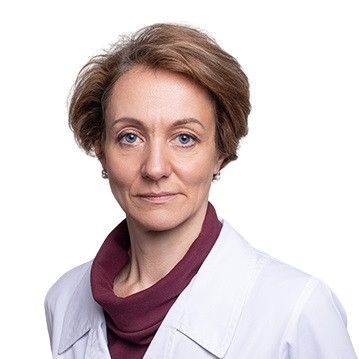
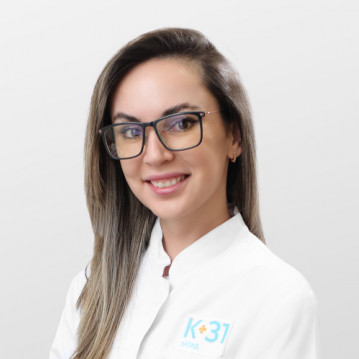
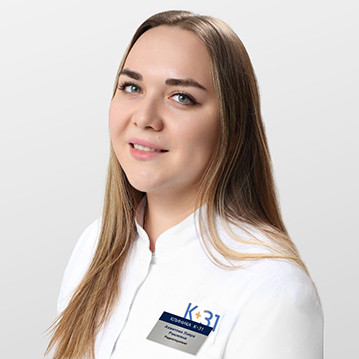
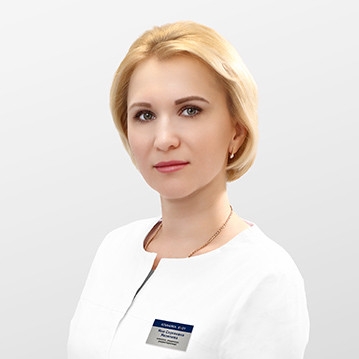


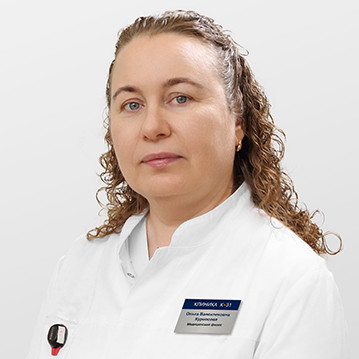





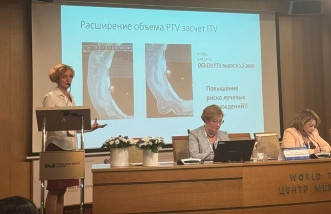




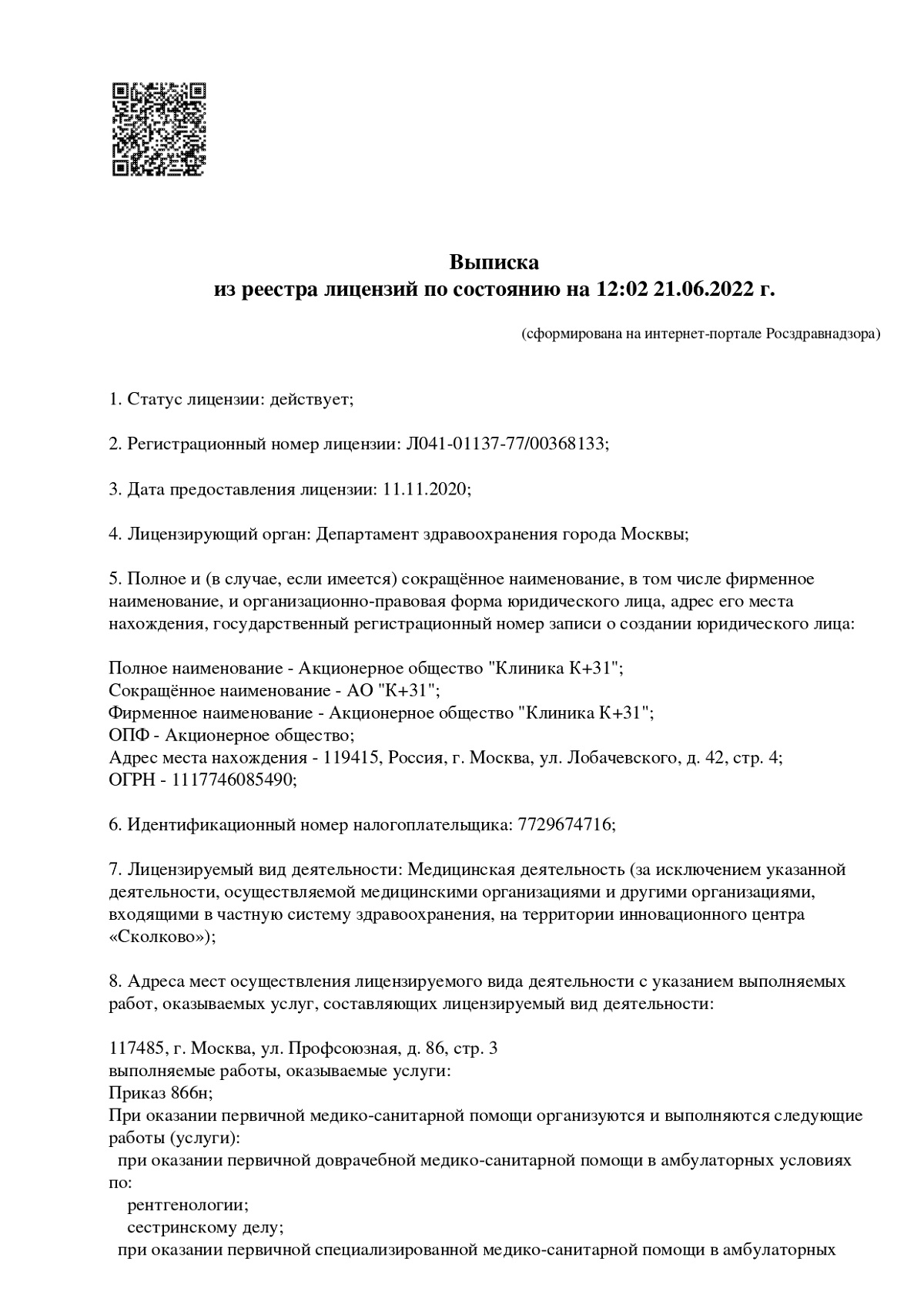
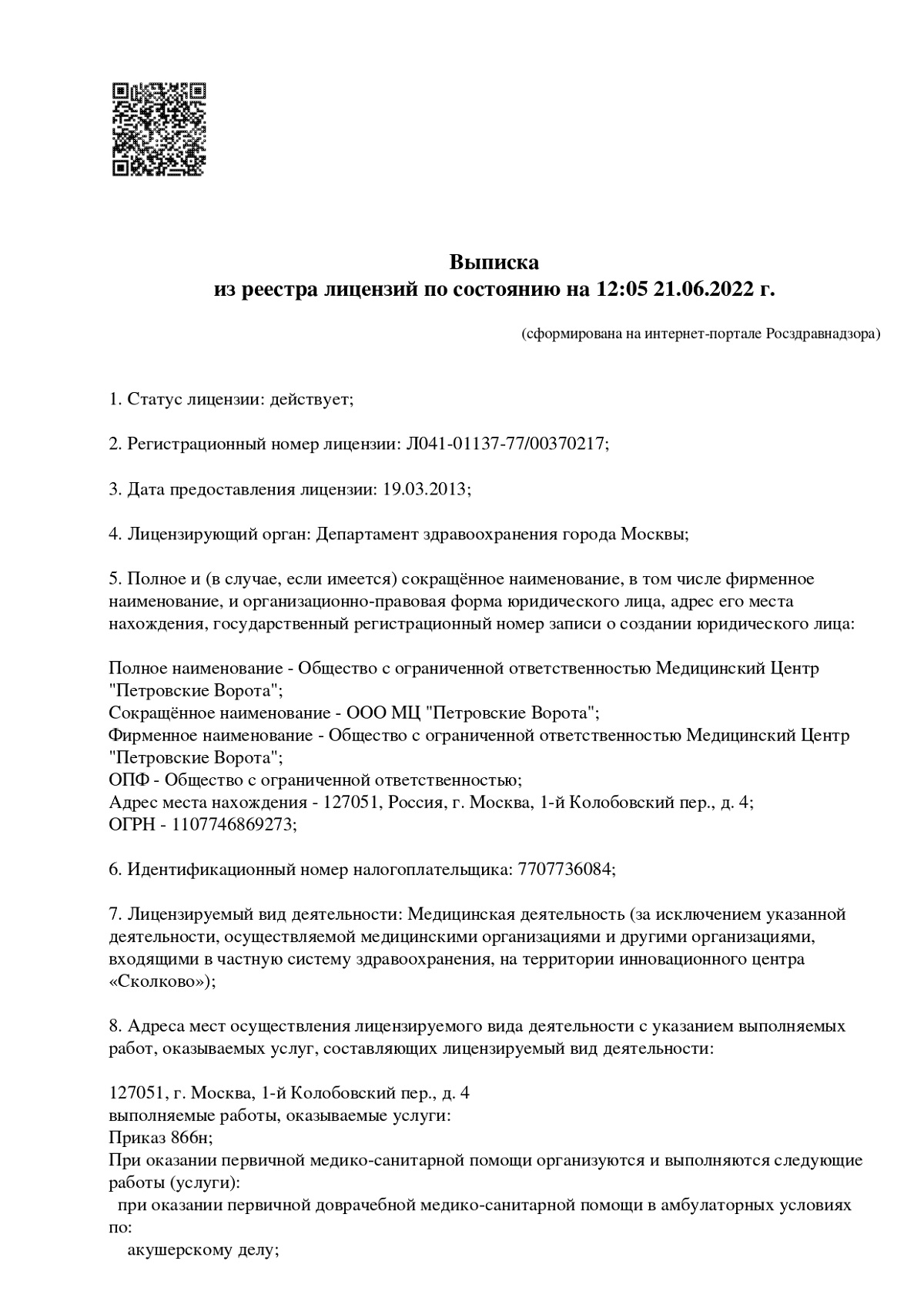
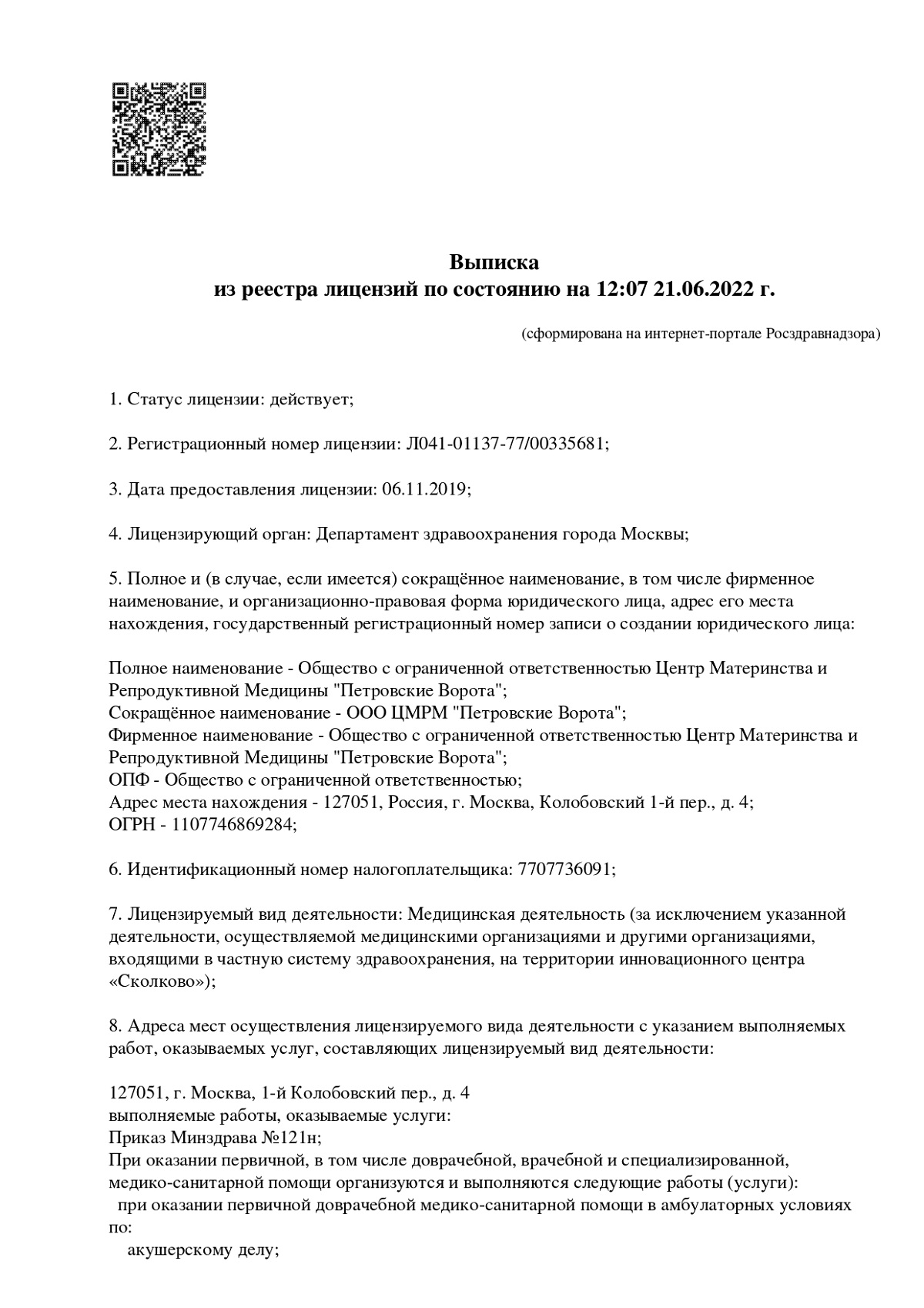



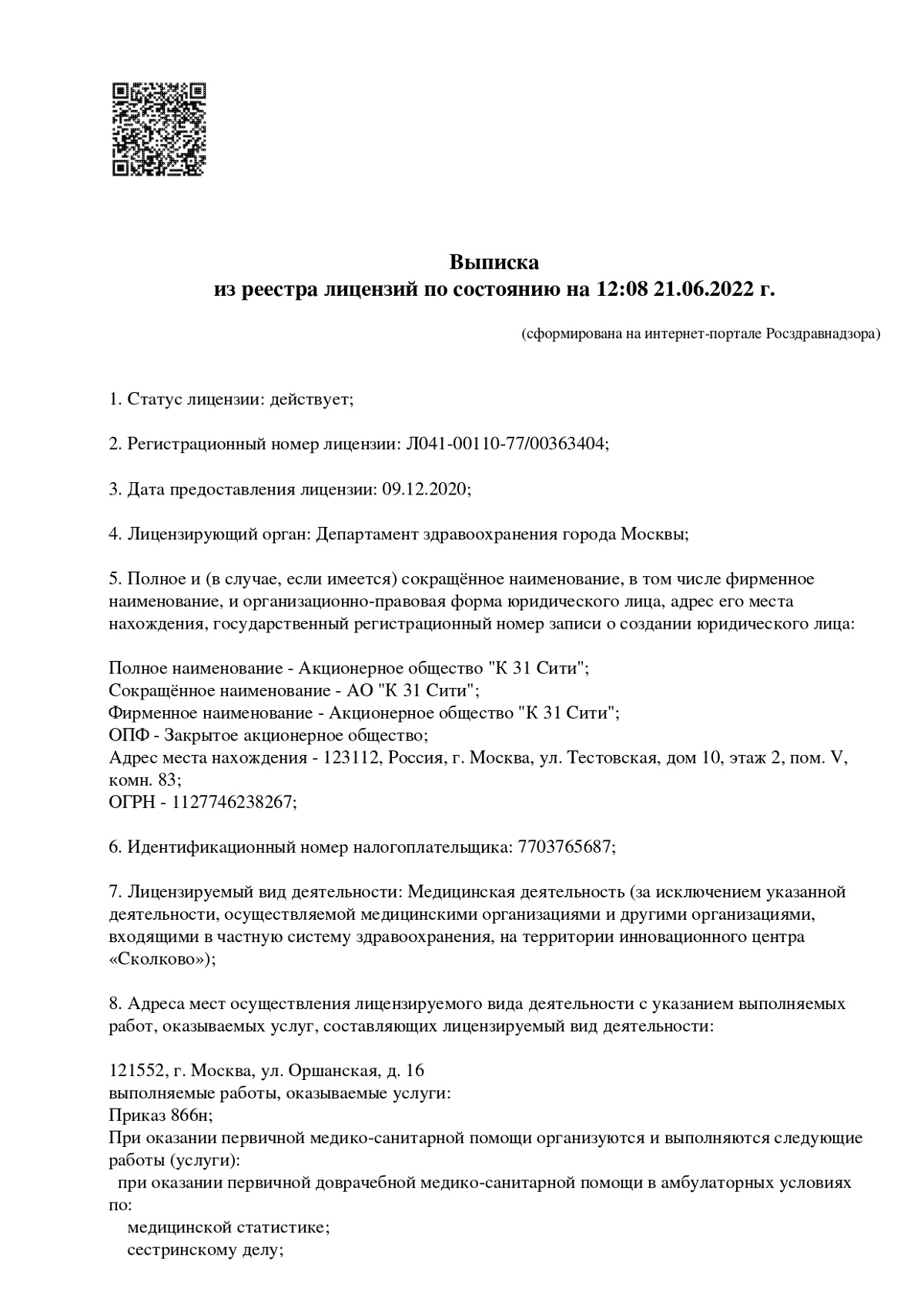



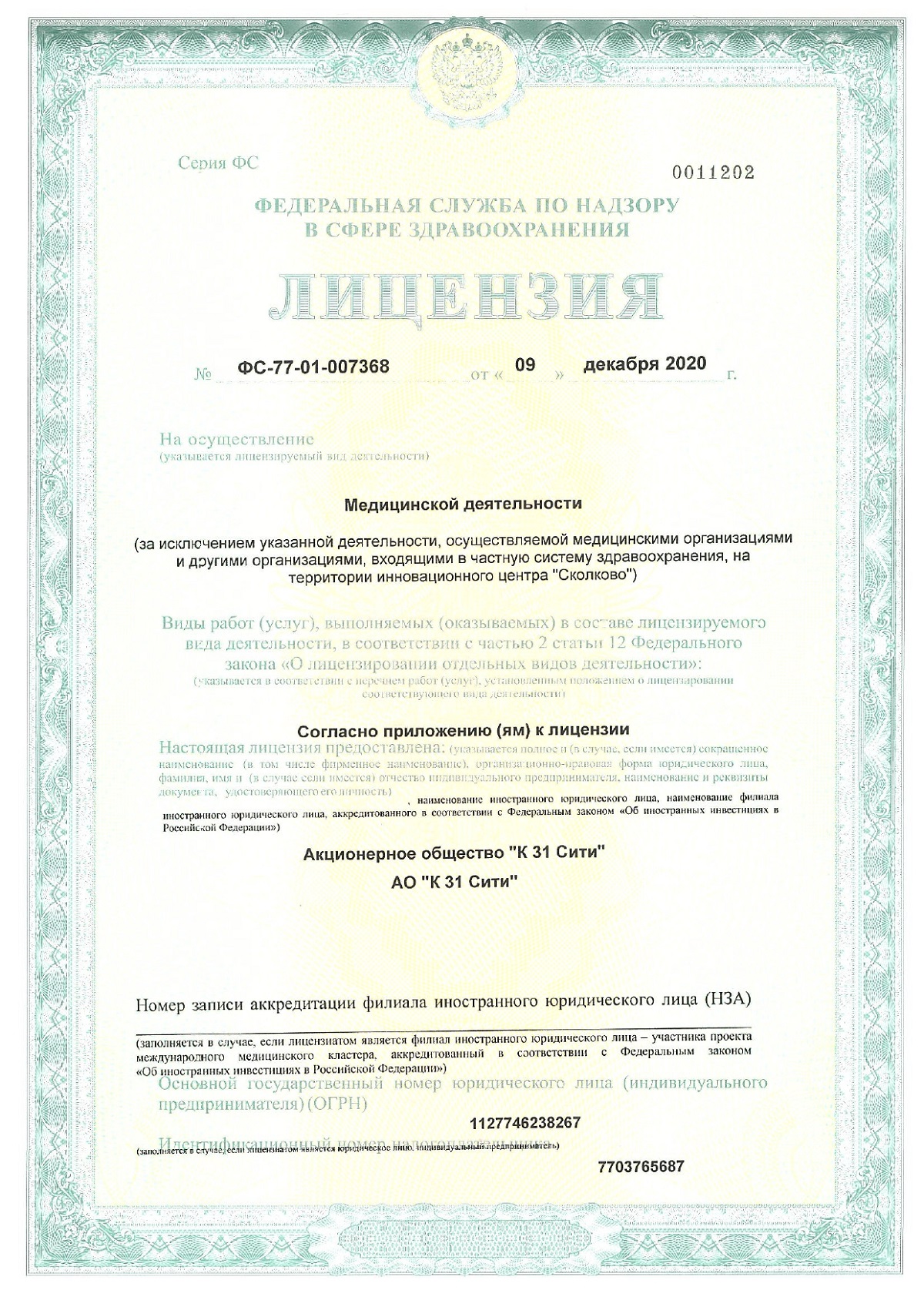


Radiation therapy clinic K+31
Along with medical and surgical methods, radiation therapy (other name - "radiotherapy") is one of the most popular methods of cancer treatment. The essence of the method is in the use of ionizing radiation emitted by a medical accelerator for the treatment of predominantly malignant tumors.
The method is based on the fact that the pathological focus consists mainly of rapidly dividing cells with a disturbed DNA structure. Ionizing radiation affects the DNA of such cells, stopping the process of their division. Subsequently, the tumor cells die, and the neoplasm itself is gradually destroyed.